As the amount fossil fuels in the world continues to decrease at an alarming rate, alternative energy sources–solar, hydrogen, thermal, and wind power––must take on a larger role in powering our world. Perhaps the most viable of these sources available today is wind energy.
On October 18, amid much controversy, the city of Medina accepted a proposal to build a 400 foot tall wind turbine along Highway 55. Construction is scheduled for the summer of 2009, and will take up to three months to complete.
This is not Hennepin County’s first foray into the world of wind energy; a similar wind turbine was built in Maple Grove in February 2008 by electric company Great River Energy. “[The Maple Grove turbine] was built on the Great River Energy building complex to try to achieve the L.E.E.D. platinum certificate,” said Great River Energy project leader Mark Rathbun.
The Leadership in Energy and Environmental Design certificate or L.E.E.D. is an award given by the U.S. Green Building Council to honor environmentally-friendly buildings. However, attaining this award was not the only goal in building the turbine: “It also cut Great River Energy’s electric costs by 15%,” Rathbun said. “[The turbine] was very successful in several ways.”
Medina was chosen for the building of a wind turbine largely because it has the capability to build a four-hundred foot tall wind turbine. “[Hennepin County’s] Public Works Facility is in the commercially zoned corridor along Highway 55,” said Medina City Council member Carolyn Smith. “There is sufficient space, the county would not have to go out and buy land, the wind currents are sufficient, and the turbine would be very near power lines.”
Despite their imposing size, generating power from these wind turbines is actually quite a simple process. “When the wind rotates the blades, they rotate a shaft connected to a generator, which creates electricity,” said Rathburn. “It’s converting kinetic energy to electricity.”
The construction of a turbine faced little opposition in Maple Grove: “There were some concerns at first,” said Rathbun, “but the Conditional Use Permit we got complied with what the city wanted in terms of color, noise, and icing of the turbine.”
This has not been the case in Medina, however, as many citizens have vehemently opposed the building of the turbine. “Some simply thought it would be ugly and stick out like a sore thumb,” said Smith. “Others thought that it would reduce their property value. Some people even thought that it would cause noise and vibrations and disturb their farm animals.”
Those who were for the wind turbine attributed their approval mainly to the economic benefits it will provide. “This turbine will be providing clean, renewable electricity that the county will sell into Xcel Energy’s grid and buy back at a much reduced rate,” said fellow Medina City Council member Elizabeth Weir. “This will reduce the county’s $700,000 cost of electricity for their Public Works and should be a benefit to taxpayers.”
The wind turbine also offers a source of clean, renewable energy: “Wind energy does not generate any CO2 or SO2; it is the least expensive form of alternative energy, and it does not use any water or carbon fuel to generate electricity,” said Smith. “It will help us reduce our dependence on coal fired generation of electricity, which is the number one cause of mercury pollution.”
The construction of the turbine is one of the latest steps that Hennepin County has taken to suppress the negative environmental impact of Minnesota. In December, the city of Minneapolis passed a new “green” purchasing policy, which entails buying products that lessen Minneapolis’ contribution to environmental damage–––recycled paper, C.F.L. light bulbs and investing in electric cars.
“[Hennepin County] takes a lead in…renewable energy for its facilities and is committed to clean energy and reducing pollution for our troubled planet,” said Weir. “I think that [the building of the turbine] is a step into the future.” Her fellow City Council member agreed: “We all are county residents and need to support energy initiatives that will save money, resources and reduce pollution.”

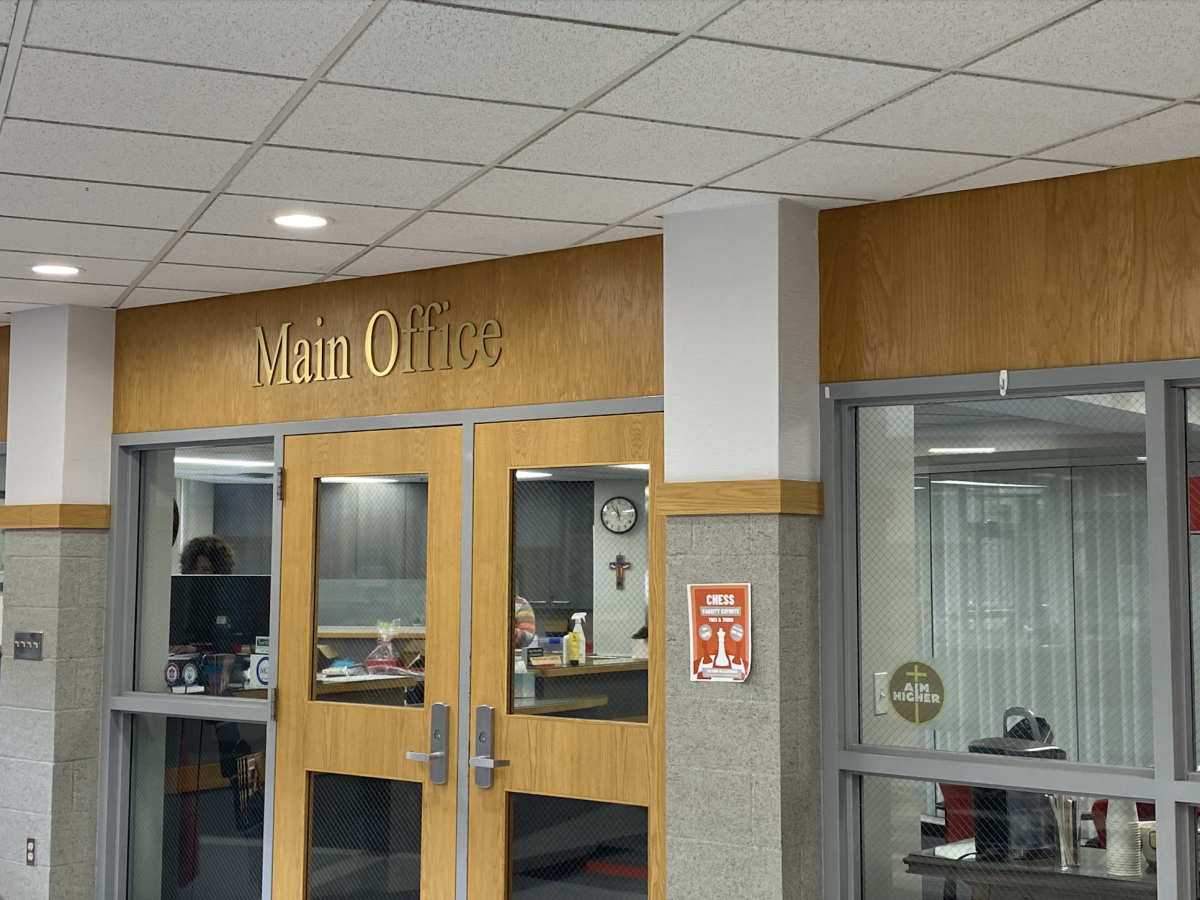



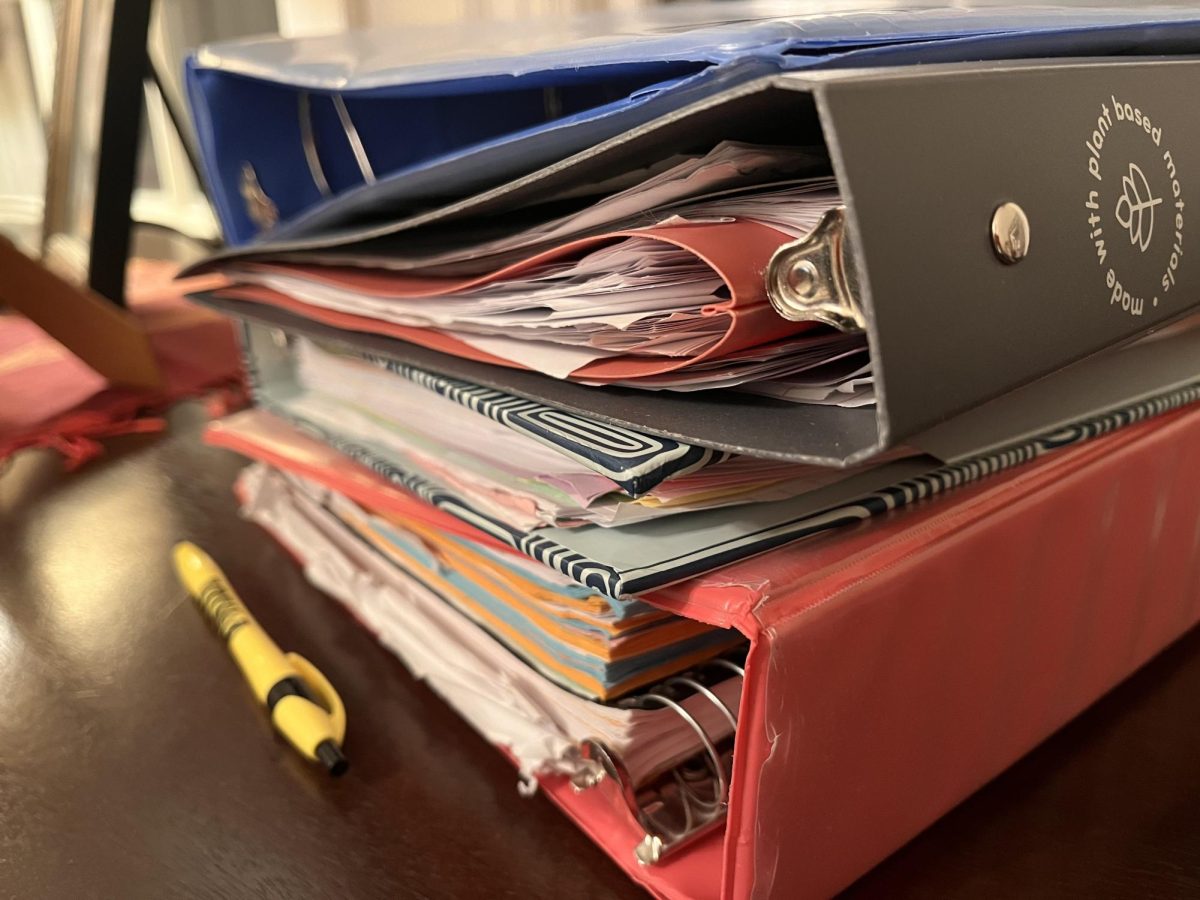




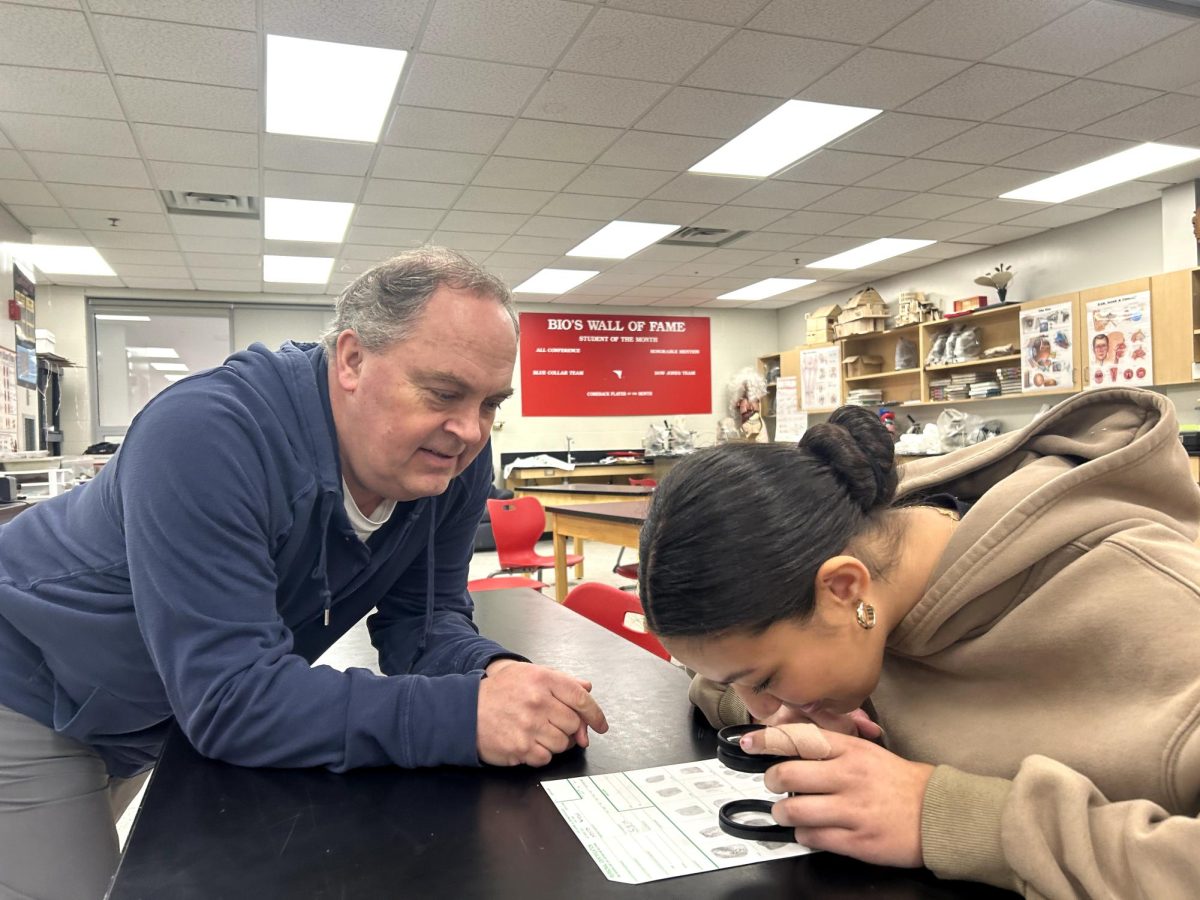







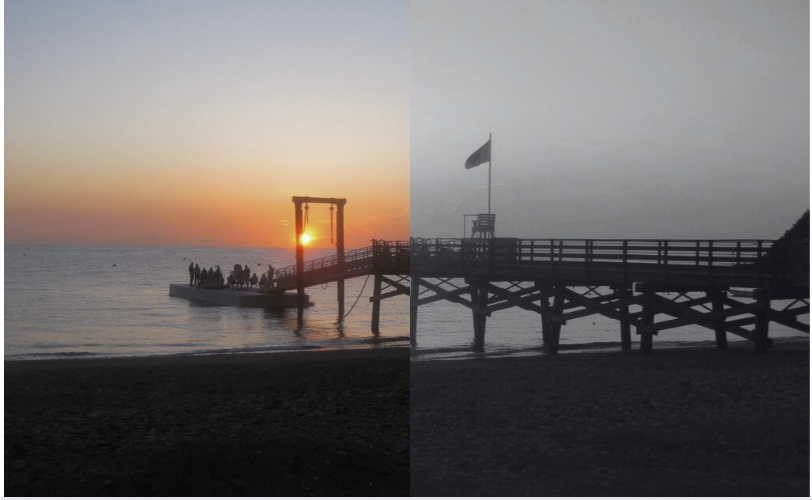


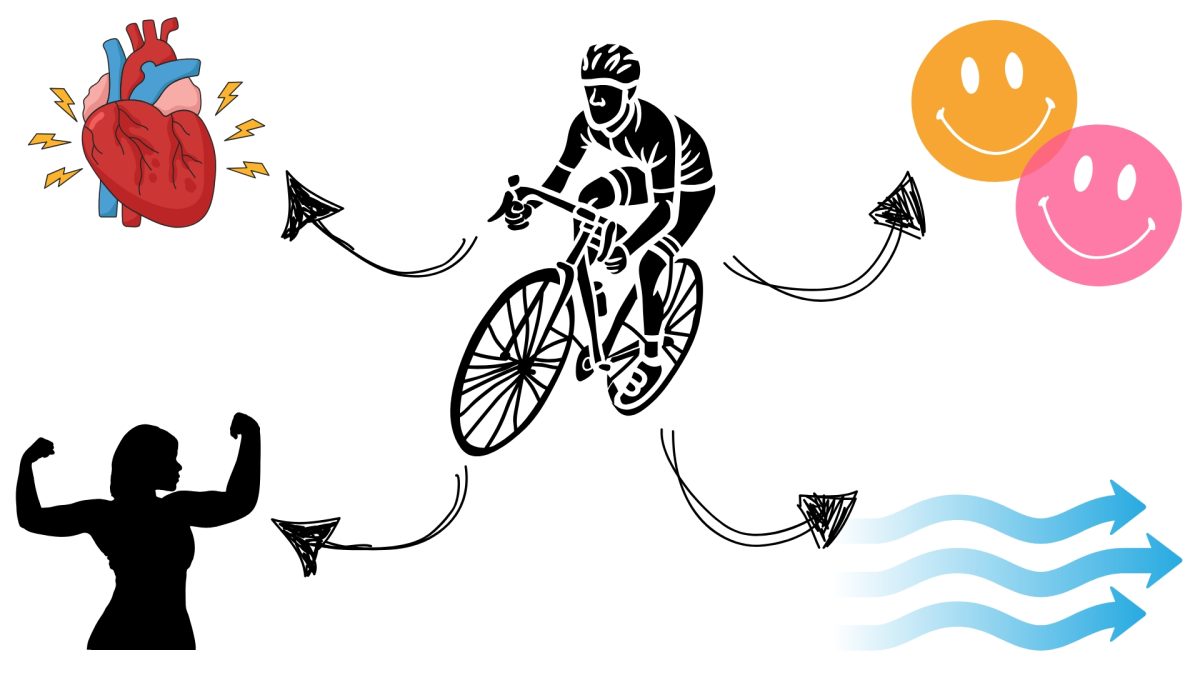
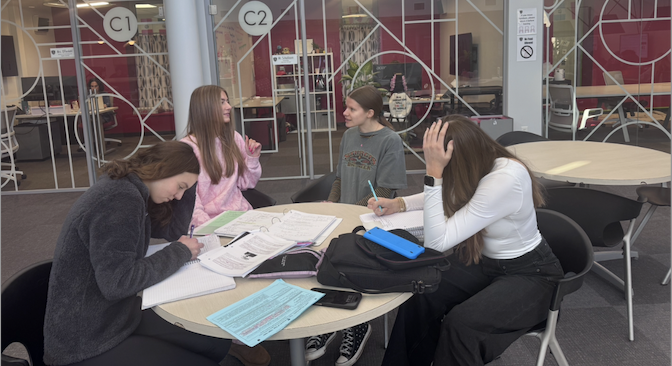

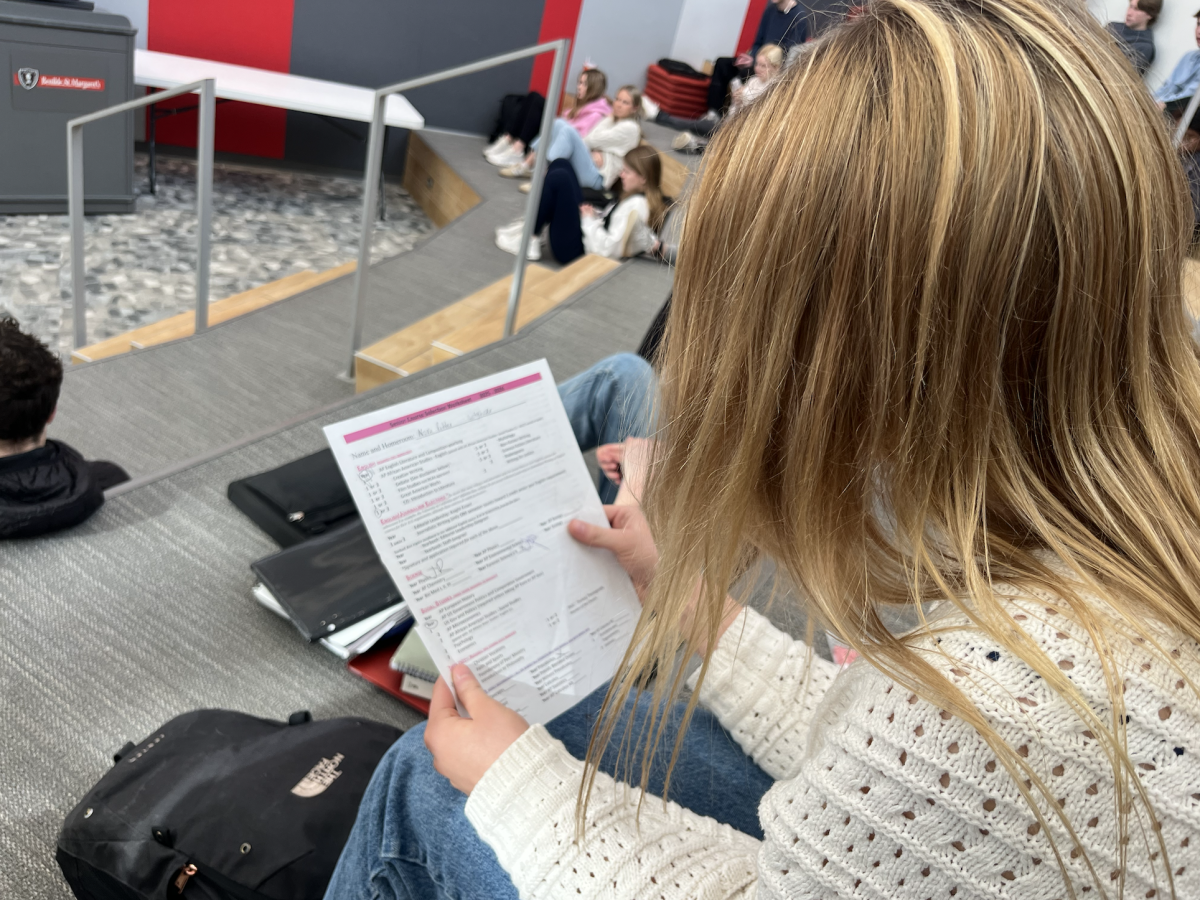











![Teacher Lore: Ms. Rathmanner [Podcast]](https://bsmknighterrant.org/wp-content/uploads/2025/03/teacherlorelogo-1200x685.png)




